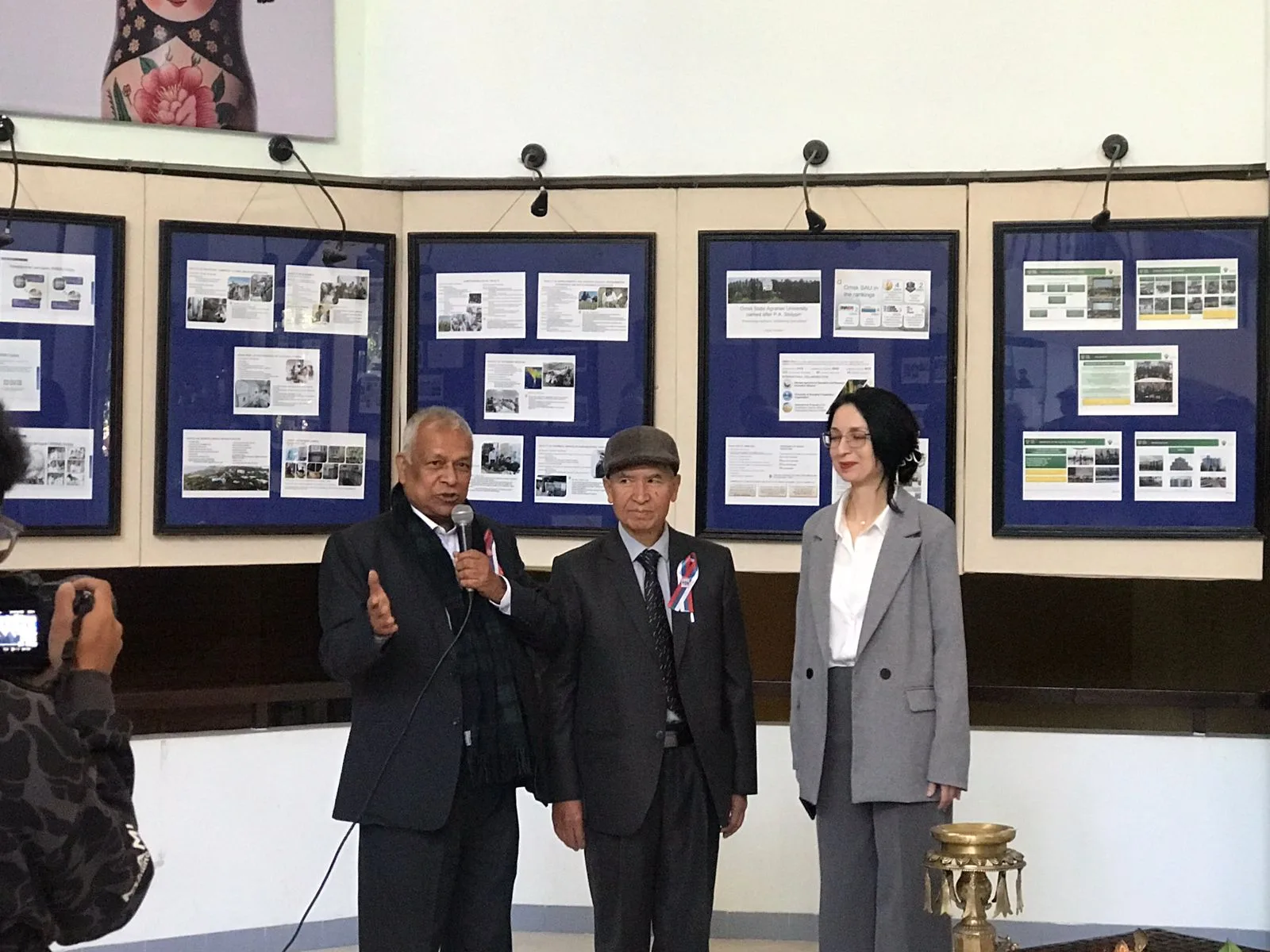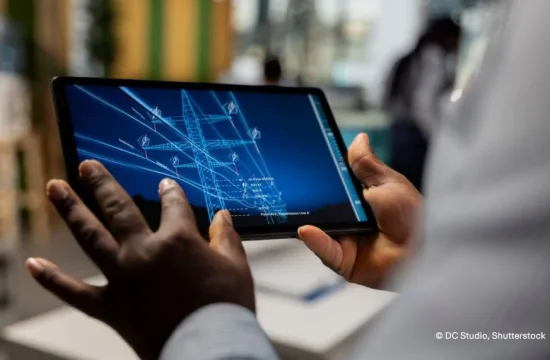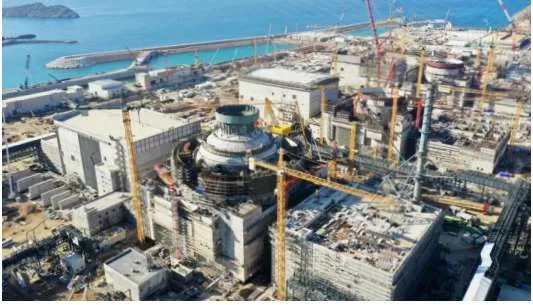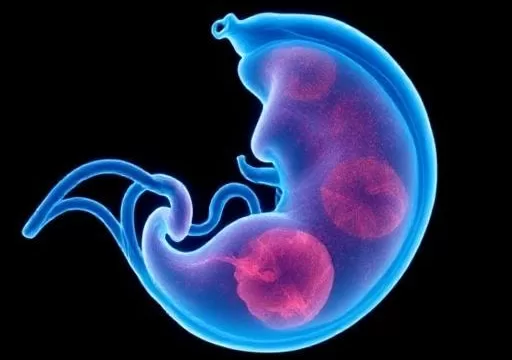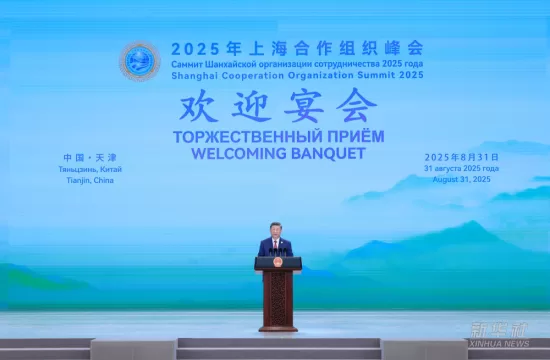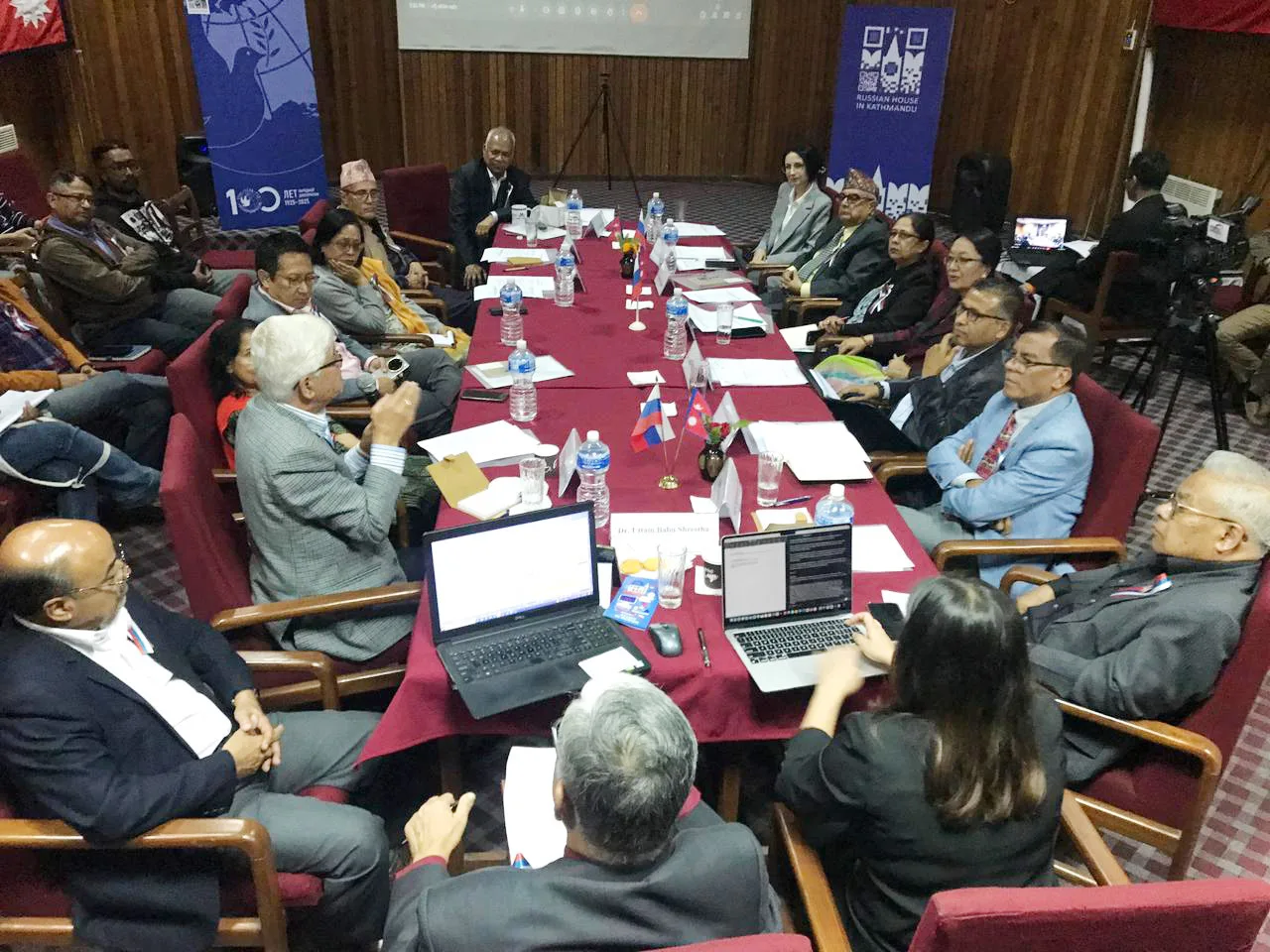
Kathmandu — Experts have emphasized the need to deepen grassroots-level relations with Russia in the fields of science and technology to enhance skills, expertise, and economic development.
This view was expressed during the joint program “Public Diplomacy Through Science and Technology” organized today in Kathmandu by the Russian House and the Nepal-Russia Science Society. The event marked 70 years of Nepal-Russia diplomatic relations and World Science Day.
Nepal and the Soviet Union signed diplomatic ties on July 20, 1957, initiating cooperation in education, industry, and infrastructure development. Notably, Russia gifted Nepal its first megawatt-capacity hydropower project in Panauti in 1965 and built the country’s first children’s hospital, Kanti Children’s Hospital, in 1963.
Recalling these landmark projects, experts proposed a science diplomacy strategy to build trust and cooperation between Nepal and Russia. They criticized the Nepalese government for failing to take initiative in science diplomacy and urged the Russian House to help develop a “Vision 2050” roadmap.
A group of Nepalese experts who studied in Russia pointed out that the government has not effectively utilized past diplomatic ties with Russia in education and development. They identified key areas for collaboration, including STEM education, information technology, space science, renewable energy, health and biotechnology, and science policy and diplomacy.
Why Science Diplomacy?
Engineer Ganesh Shah, former Minister of Environment, Science, and Technology and President of the Nepal-Russia Science Society, stated, “Nepal’s future development must be driven by science diplomacy. When politically appointed diplomats fail, scientific diplomacy becomes essential.”
He added, “Many of us Nepalese have studied in Russia, so we are initiating science diplomacy at the grassroots level. Through this, we aim to foster collaboration with Russian universities and produce researchers.”
Experts noted that science diplomacy can build credibility and strengthen ties between universities and people of both countries. Nepal could benefit from platforms like UNESCO, BRICS+, and SCO for joint research, youth exchanges, and multipurpose participation.
They also highlighted areas for transformation through technology, such as reviving STEM education, space technology, digital infrastructure, and renewable energy. However, former Minister of Water Resources and Irrigation Dr. Deepak Gyawali remarked that the government is hindered by an invisible fear that prevents progress. He cited stalled Russian proposals after the construction of Kanti Children’s Hospital as an example.
He added, “There is ample scope for science diplomacy in hydropower production and economic development.”
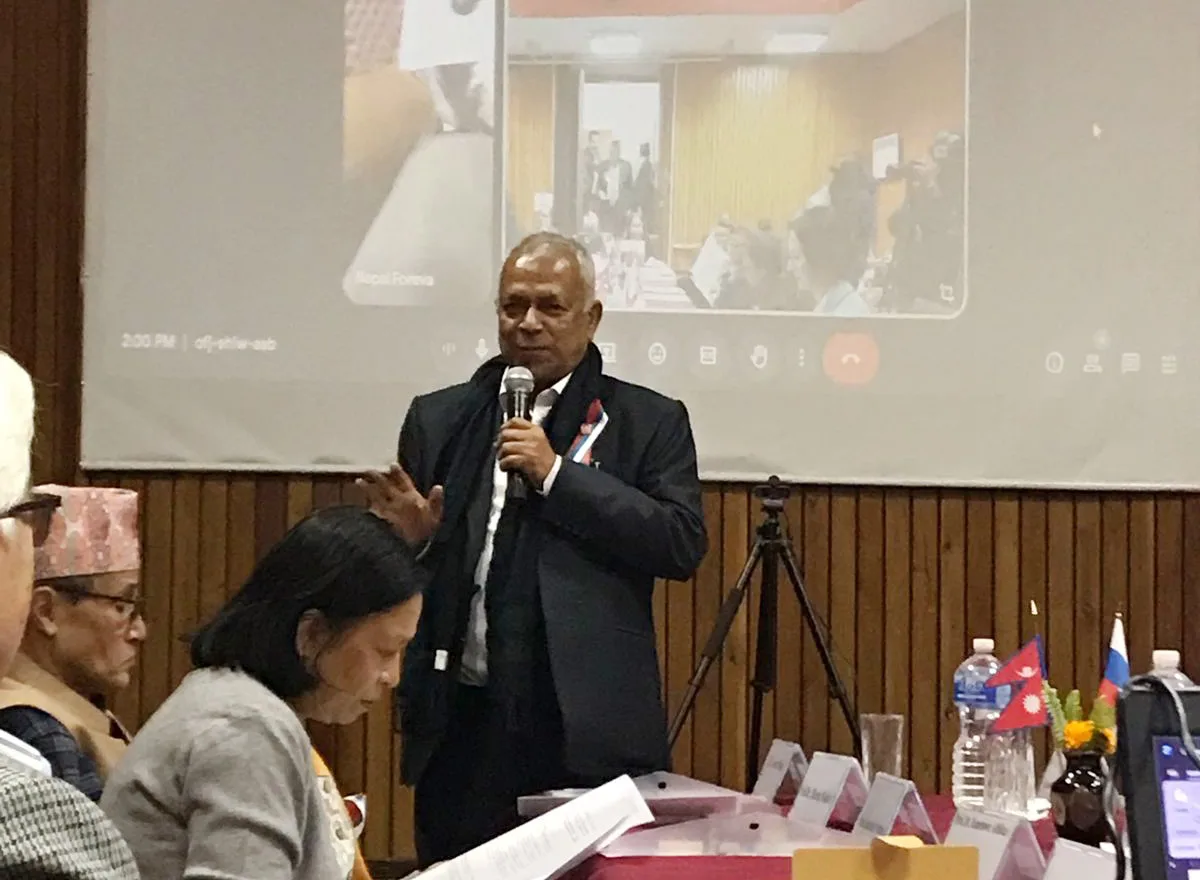
Experts acknowledged that building bilateral mechanisms faces challenges. Limited policies and institutional structures hinder sustainable research. Balanced investment and mutual agreements are needed. Former UN Ambassador Dr. Shambhuram Simkhada emphasized creating a trustworthy environment and transforming fear into trust through grassroots science diplomacy.
Former Vice-Chancellor of NAST, Prof. Dr. Jeevaraj Pokhrel, noted that Nepal and Russia have opportunities for mutual research and knowledge exchange from ancient to modern times. He said grassroots science diplomacy could facilitate this quickly.
Sharing NAST’s experience of agreements with international universities and scientific institutions, he said, “We can collaborate with Russian universities and research bodies for educational and technical development. The Nepalese government must take further steps.”
Russian Projects in Nepal
The former Soviet Union (Russia) supported several major projects in Nepal, including the Panauti Hydropower Project, Birgunj Sugar Factory, Janakpur Cigarette Factory, Birgunj Agricultural Tools Factory, Nepal Rosin and Turpentine Ltd., the 109-km Dhalkebar–Pathlaiya section of the East-West Highway, and Kanti Children’s Hospital. Analyst and author Dr. Min Bahadur Paudel remarked, “If we assess their current state, it’s clear we’ve lost the environment of trust.”
He suggested that Nepal’s foreign policy, currently focused only on public and economic diplomacy, should also incorporate science diplomacy.
Vision 2050 Roadmap
NAST academician Prof. Dr. Anjana Singh presented on science diplomacy for national development. She said, “Nepal is in the early stages of science diplomacy. To expand its utility, broader discussions among government, policymakers, scientists, and stakeholders are needed to advance knowledge and expertise.”
She proposed initiatives under Vision 2050, including the establishment of a Nepal-Russia Science and Innovation Council led by NAST, a joint government research and innovation fund, an annual science diplomacy forum, and the creation of a science ambassador role.
Prof. Dr. Triratna Bajracharya, former Dean of the Institute of Engineering at Tribhuvan University, noted that only about 5% of Nepal’s energy is converted from hydropower. He emphasized the potential for increased production and collaboration with Russia in climate change, engineering, and renewable energy to train experts who can work domestically.
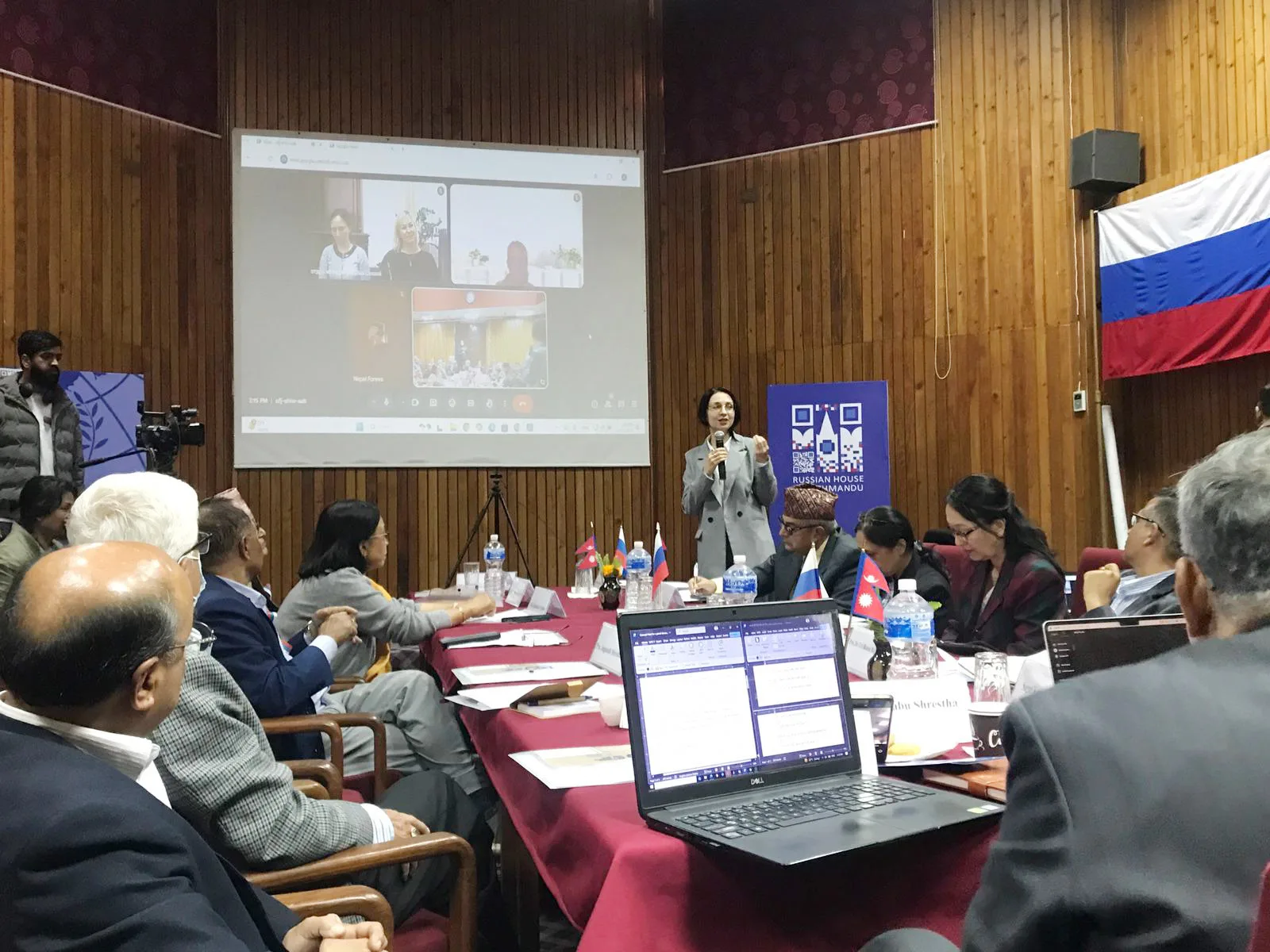
Anastasia Khokhlova, Director of the Russian House, expressed interest in further initiatives in agriculture, hydro engineering, and academic scientific collaboration. She said dialogue with Russian universities would continue to expand scholarship quotas and research partnerships.
“If we can develop a stronger people-to-people relationship, we won’t need to wait for high-level agreements,” she said.
Program moderator Prof. Dr. Ramesh Maske of Kathmandu University stated that developing science diplomacy within foreign policy would enhance national research capacity and international credibility.
Svetlana Aleksandrovna Bokeria and Anastasia Nikolaevna Krikhlova, who have experience with Russian universities and international projects, presented a comparative study via video conference, emphasizing that scientific and academic cooperation is a form of international diplomatic technology.
Additionally, a photo exhibition titled “Diplomacy with Russian Universities through Science and Education” was organized, featuring academic and administrative displays from various universities. The exhibition was inaugurated by Dr. Rajendra Dhwaj Joshi, Chairperson of Madan Bhandari University of Science and Technology.
